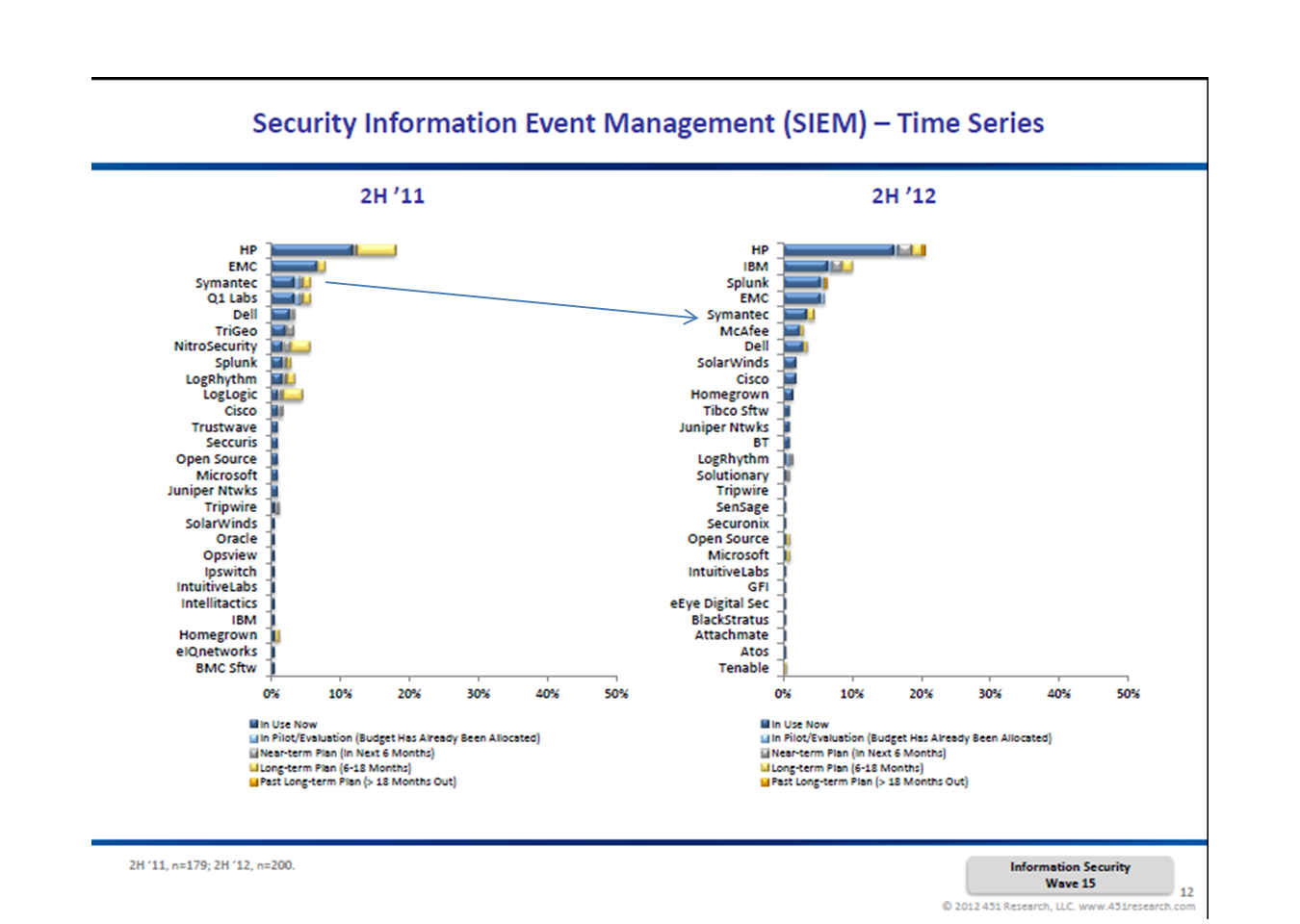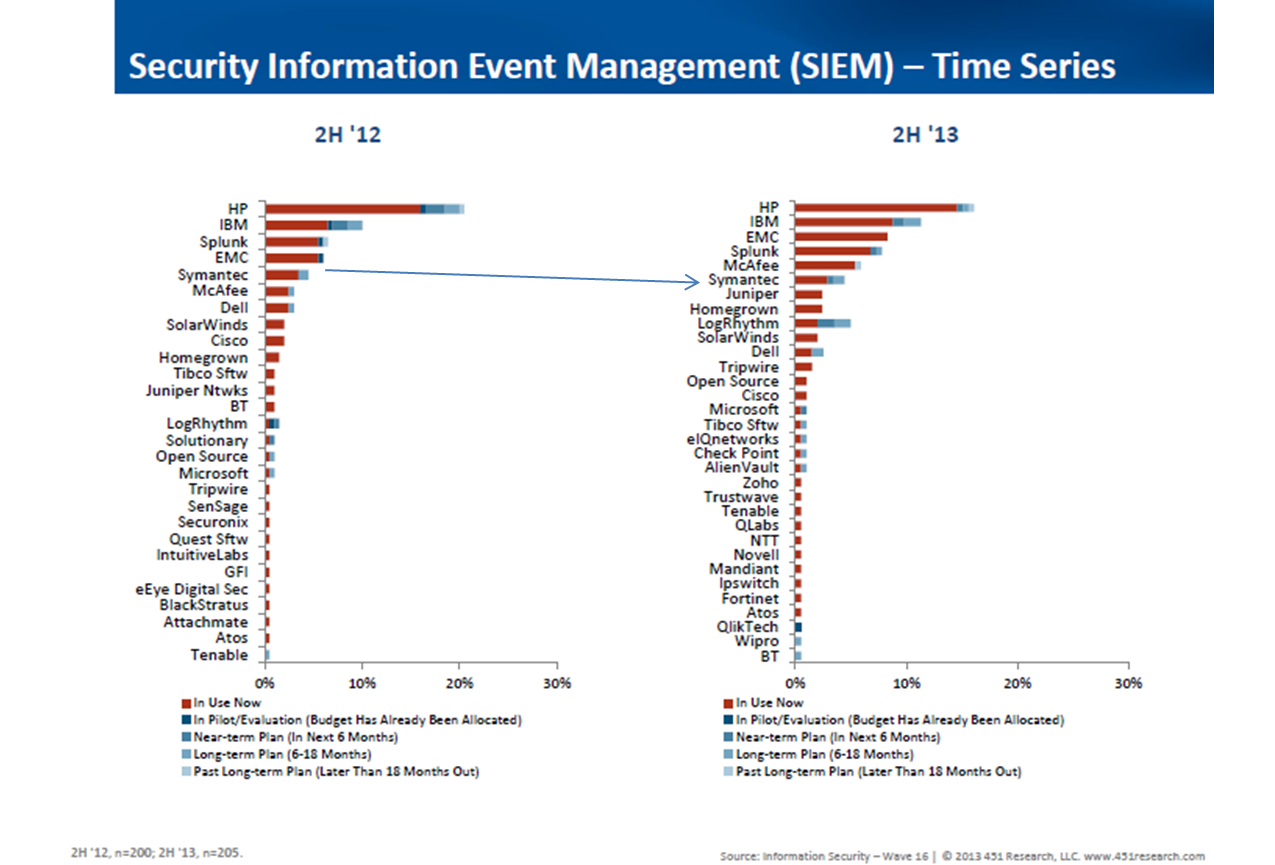Contact: Brenon Daly
For tech startups considering the two possible exits so far this year, an IPO is clearly door number two. Sure, there’s plenty of money to be made in taking a company public. And the valuations that Wall Street is handing out for recent debutants – notably the double-digit multiple for Varonis Systems and a solid 6x trailing sales for A10 Networks – are far from paltry. But there hasn’t been anything that comes close to a ‘WhatsApp’ in the IPO market so far this year.
Granted, the $19bn sale of the five-year-old mobile messaging startup is something of an anomalous event, so we will go ahead and set aside that transaction. But even leaving out the largest-ever sale of a VC-backed vendor, there were still three other sales of VC-funded firms in the first quarter that went off at more than $1bn. When we look at the other exit, we would note that not a single tech firm that went public in the first three months of 2014 created more than $1bn of market value.
Further, as we skim down the list in The 451 M&A KnowledgeBase of VC-backed startups that have opted for a trade sale so far this year, it’s hard not to see that IPOs – despite all of the talk about how the JOBS Act has made it easy to go public and a ‘record’ Q1 – have fallen out of favor.
Consider Mandiant, a 10-year-old information security provider running at more than $100m in bookings. Last summer, the company indicated to us that it was looking to raise one round of late-stage capital and then go public in 2015. Instead, it sold to FireEye for just under $1bn, mostly in the acquirer’s own freshly printed stock. Elsewhere, AirWatch garnered some 15x bookings in its $1.5bn sale to VMware, a valuation that rival MobileIron is unlikely to trade at – not initially, anyway – when it comes public later this year.
And even down in the mid-cap market, Coverity gave up on its long-held plan to go public, selling instead to one of its customers, Synopsys. From our perspective, Coverity certainly looked like a reasonable candidate to be a public company: it had little pressure to sell (having taken in just one round of funding and sitting on about $25m) and was growing at a 20-30% clip while nearing $100m in sales. Instead, it sold for $375m, valuing itself at 4.7x trailing sales. That’s about a turn higher than the broader tech M&A multiple, but lower than what Wall Street typically hands out for companies sharing Coverity’s profile.
But the IPO, which has always enjoyed a sort of premium standing among most VCs and executives, appears on the cusp of reclaiming its top-ranked position. At least two enterprise tech vendors are currently on file for what will almost certainly be hot offerings. Both Arista Networks and Box will undoubtedly be ‘billion-dollar babies’ when they come to market in early summer. You can read more about both the recent M&A market, which is clipping along at a record level currently, as well as the outlook for IPOs in our Q1 M&A report published earlier this week.
For more real-time information on tech M&A, follow us on Twitter @451TechMnA


